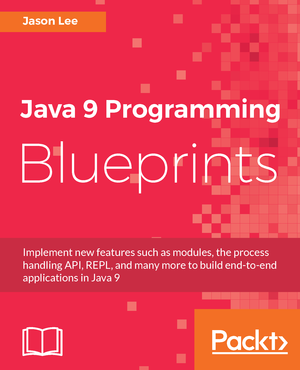{#asciidoc} = Mojarra 1.2_15 Now In Maven Repo Jason Lee 2010-08-26
Way back in July, Ed Burns released and announced Mojarra 1.2_15, which is mostly a backport of performance fixes from the 2.0 branch. Given recent changes on the Mojarra team1, there was some confusion and difficulty getting the jars published to the java.net Maven repository. I’m happy to report, though, that we’ve gotten those kinks worked out, and that this new release of the 1.2 branch of Mojarra is now available for your Mavenized pleasure. Note that this is the Maven 1 repository, and it’s not in central. Those are separate issues on which we’re still working.
1 Many, many thanks to you, Ryan, for all of your hard work over the years, and best of luck in your new position. :)
{/asciidoc}
 My name is Jason Lee. I am a software developer living in the middle of Oklahoma. I’ve been a professional developer since 1997,
using a variety of languages, including Java, Javascript, PHP, Python, Delphi, and even a bit of C#. I currently work for Red Hat
on the WildFly/EAP team, where, among other things, I maintain integrations for some MicroProfile specs, OpenTelemetry, Micrometer,
Jakarta Faces, and Bean Validation. (Full resume
My name is Jason Lee. I am a software developer living in the middle of Oklahoma. I’ve been a professional developer since 1997,
using a variety of languages, including Java, Javascript, PHP, Python, Delphi, and even a bit of C#. I currently work for Red Hat
on the WildFly/EAP team, where, among other things, I maintain integrations for some MicroProfile specs, OpenTelemetry, Micrometer,
Jakarta Faces, and Bean Validation. (Full resume 